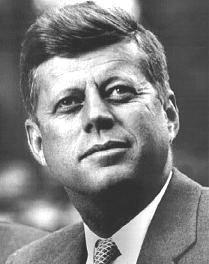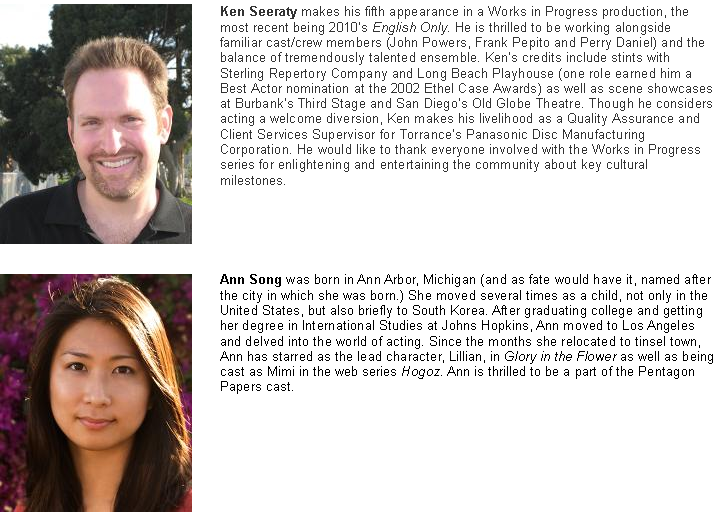
|
2011 Works in Progress |

|
Pentagon Papers: Volume II |
|
Share / Bookmark |
|
John Kennedy |

|
The Kennedy Years / 1961 - 1963 |

|
After a build-up of advisors, the young President plans a withdrawal of forces |
|
Volume II of the Gravel edition of the Pentagon Papers details America’s growing involvement in Vietnam from 1961 through 1963.
Our original production traces this involvement from the beginning of President Kennedy’s administration through his assassination and the transition to President Johnson’s administration. These events will be theatricalized with actors, historic images, and music.
Volume II begins in 1961 with the election of John F. Kennedy and one of the most tumultuous first years in the Executive Office faced by any President. South Vietnam was secondary in comparison to the events in Laos, Berlin, and Cuba. Yet because of these confrontation points with the USSR and China, the President was compelled to make a stand against the Communist insurgency in the young nation.
High profile visits to that country by Vice-President Lyndon Johnson and Kennedy’s chief military advisor Gen. Maxwell Taylor were more than mere demonstrations of support. They were the outward displays of the tremendous internal discussion engaging the administration. On the one hand, there were those who were skeptical of deepening America’s commitment beyond advisors, given the weak central government of South Vietnamese President Ngo Dinh Diem. On the other hand, there were those who were urgently advocating greater military involvement while the situation provided some chance of success.
Kennedy navigated between these two positions by increasing assistance to the Army of South Vietnam and the Civil Guard, while resisting further U.S. troop build-up. Under the management of his Secretary of Defense Robert McNamara, Kennedy seemed to find a workable policy. While Diem was a difficult partner, his implementation of what become known as the “strategic hamlet” program appeared to address key issues standing in the way of South Vietnamese stability.
The situation seemed to improve to such a degree that Kennedy, through McNamara, began planning for gradual withdrawal of some U.S. advisors. Then events took an unforeseen turn. Diem, a Catholic leader in a Buddhist majority nation, cracked down on religious protests in 1963. Despite advice to reconcile with the Buddhists, Diem went in the other direction and exacerbated the situation. His choices led to the withdrawal of American support and his violent death at the hands of his own military leaders.
Violent death was not limited to the Third World nation. In that same month, Kennedy was murdered, and the thrust of his policy in South Vietnam effectively came to a halt. The new administration of Lyndon Johnson took a different look at the situation and decided that a massive surge of U.S. troops was needed immediately to keep the nation from collapsing under the insurgency. The first deployment of U.S. fighting forces was soon to arrive.
Note: The Vietnam study, later known as the Pentagon Papers, was commissioned by U.S. Secretary of Defense Robert McNamara to answer a profound question: how did America come to have more than a half-million servicemen in Southeast Asia. He wanted an answer while events were still fresh in the minds of participants. The source materials were drawn primarily from the Secretary’s files. It became a 4,000-page narrative with 3,000 pages of supporting documents written by a number of analysts. One of these the analysts, Daniel Ellsberg, made copies of most of the pages. He provided one copy to Alaskan Senator Mike Gravel who entered the pages into the public record as part of his Senate Subcommittee in June, 1971. |
|
Cast |
|
Works in Progress is a program of the Cultural Services Division of the Torrance Community Services Department. This series is presented in association with El Camino College Community Education, Torrance CitiCABLE 3, Torrance Community Television, Torrance Historical Society & Museum, Torrance Public Library, University Art Gallery CSU Dominguez Hills, Vietnam Veterans of America - Chapter 53 |






